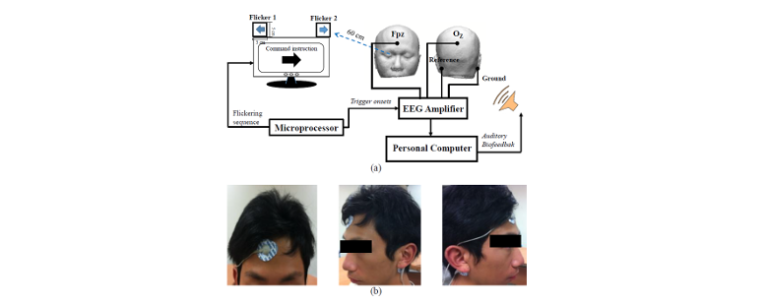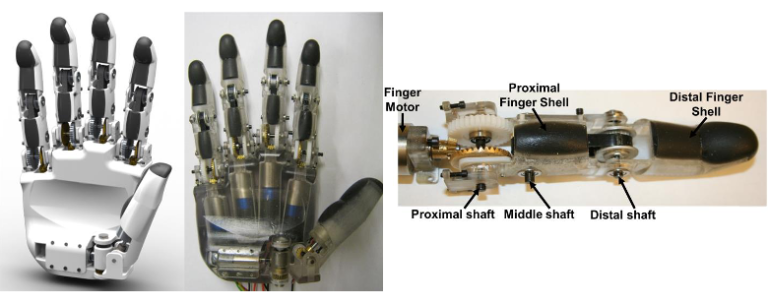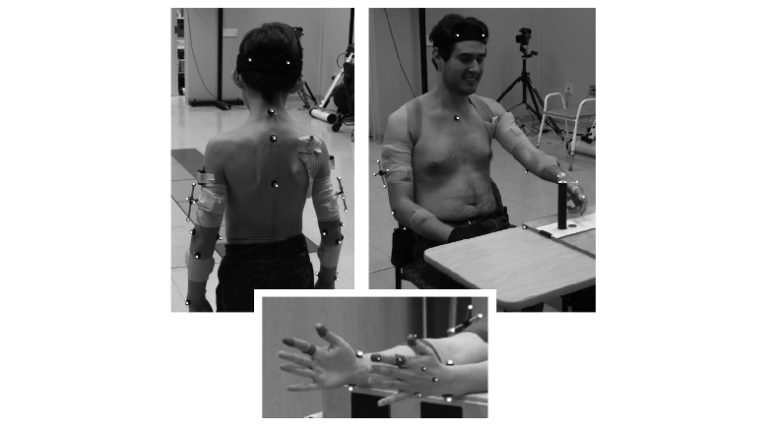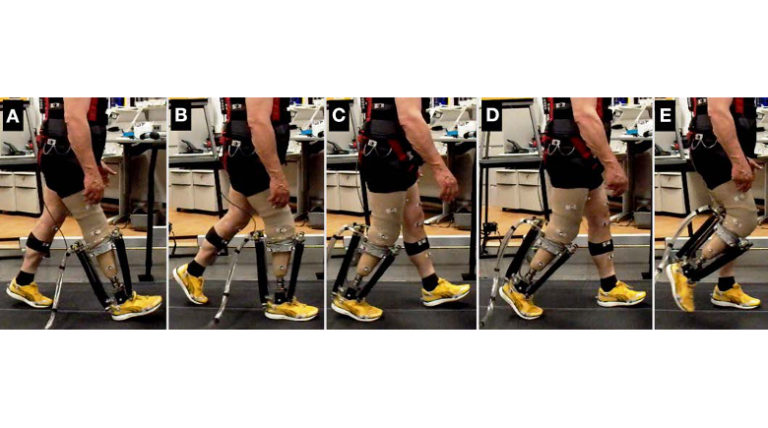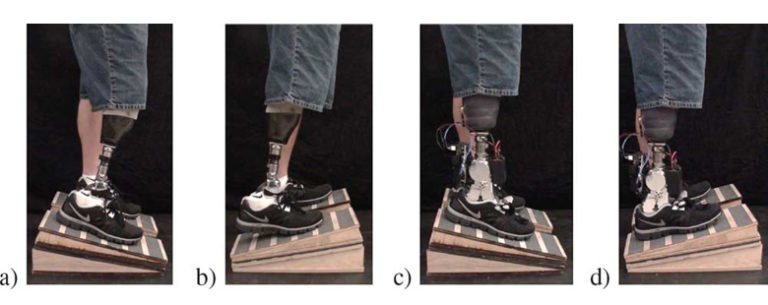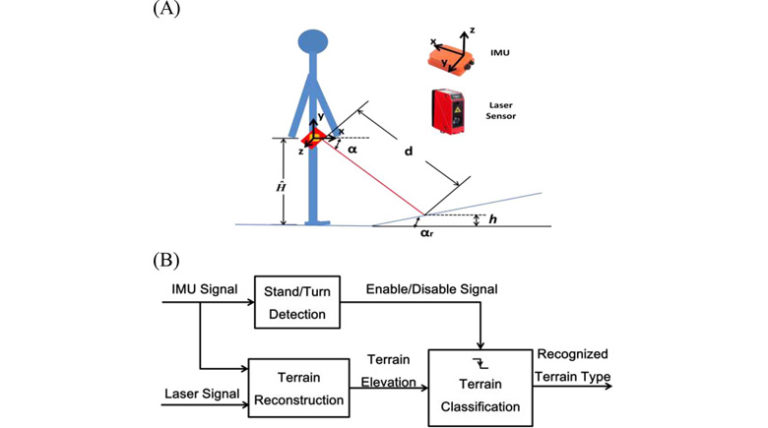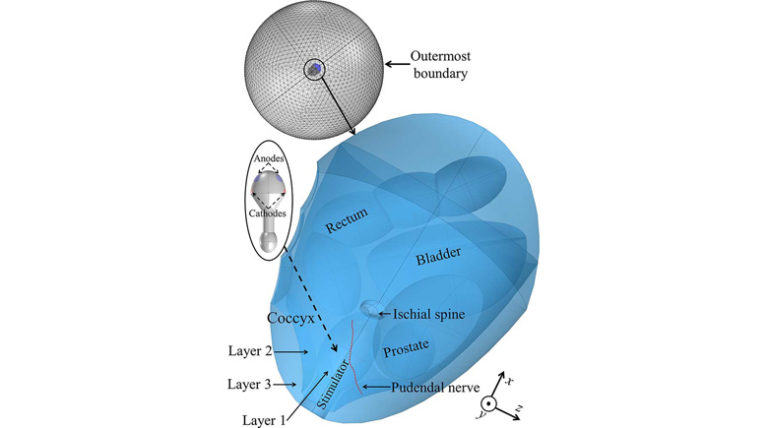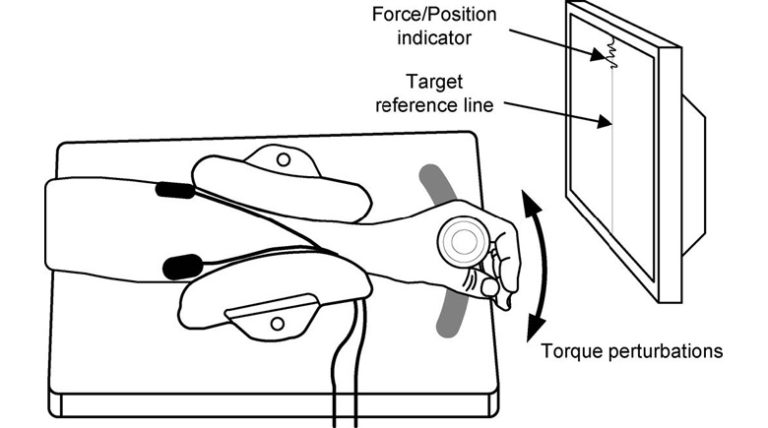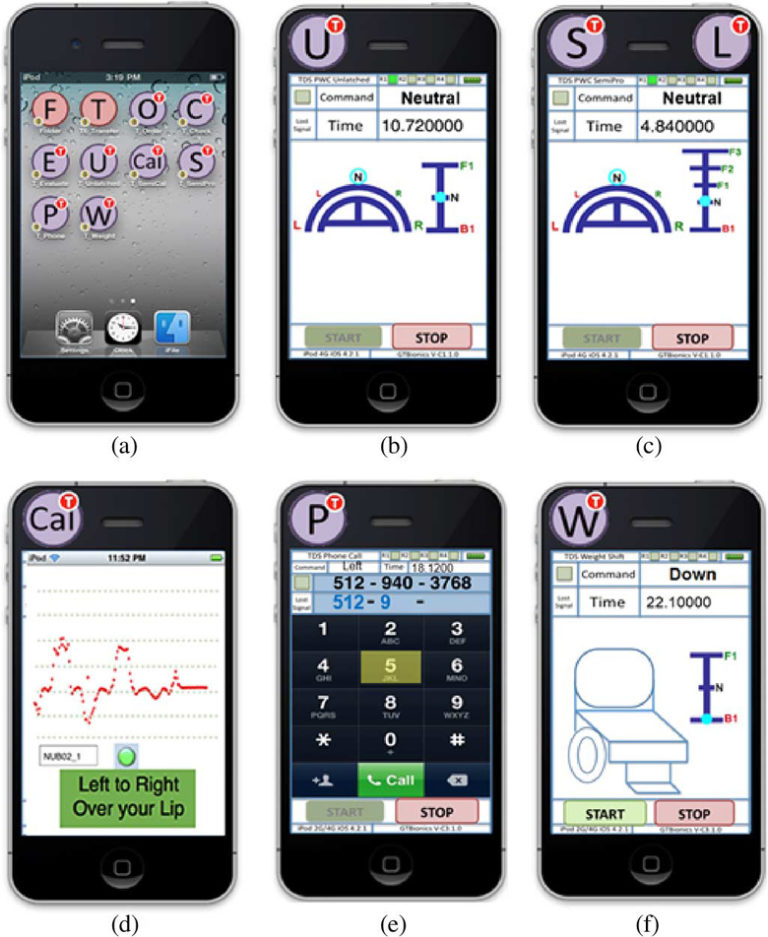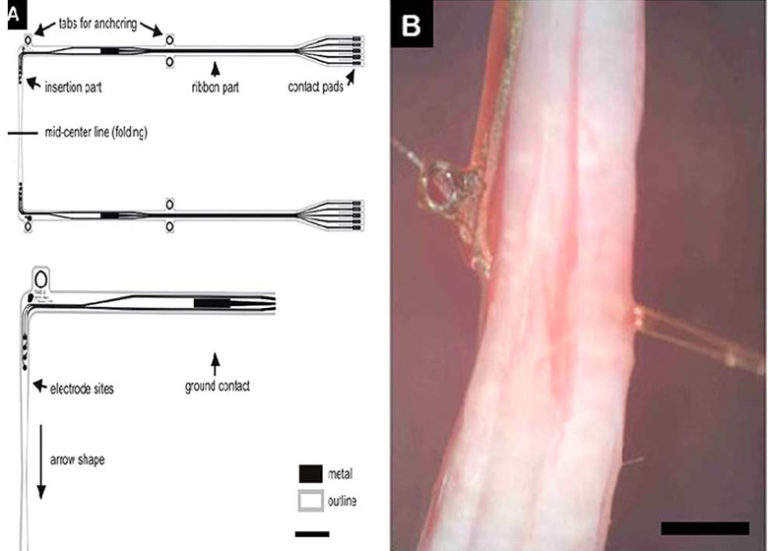This paper studied the amplitude-frequency characteristic of frontal steady-state visual evoked potential (SSVEP) and its feasibility as a control signal for brain computer interface (BCI). SSVEPs induced by different stimulation…
read moreCurrently, most externally powered prostheses are controlled using electromyography (or EMG), which is the measure of the electrical signals that are produced when voluntary muscle is contracted. One of the…
read moreFunctional reaching is impaired in dystonia. Here, we analyze upper extremity kinematics to quantify timing and coordination abnormalities during unimanual reach-to-grasp movements in individuals with childhood-onset unilateral wrist dystonia. Kinematics…
read moreLower limb amputees can use electrical activity from their residual muscles for myoelectric control of a powered prosthesis. The most common approach for myoelectric control is a finite state controller…
read moreThis paper describes a control approach that provides walking and standing functionality for a powered ankle prosthesis, and demonstrates the efficacy of the approach in experiments with a unilateral transtibial…
read moreThis paper aimed to develop and evaluate an environment- aware locomotion mode recognition system for volitional control of powered artificial legs. A portable terrain recognition (TR) module, consisting of an…
read moreAfter spinal cord injury, functions of the lower urinary tract may be disrupted. A wearable device with surface electrodes which can effectively control the bladder functions would be highly beneficial…
read moreComplex regional pain syndrome (CRPS) is a multifactorial disorder associated with an aberrant host response to tissue injury. About 25% of CRPS patients suffer poorly understood involuntary sustained muscle contractions…
read moreTongue-Drive System (TDS) is a wireless and wearable assistive technology that enables people with severe disabilities to control their computers, wheelchairs, and smartphones using voluntary tongue motion. To evaluate the…
read moreThe selection of suitable peripheral nerve electrodes for biomedical applications implies a trade-off between invasiveness and selectivity. The optimal design should provide the highest selectivity for targeting a large number…
read more
